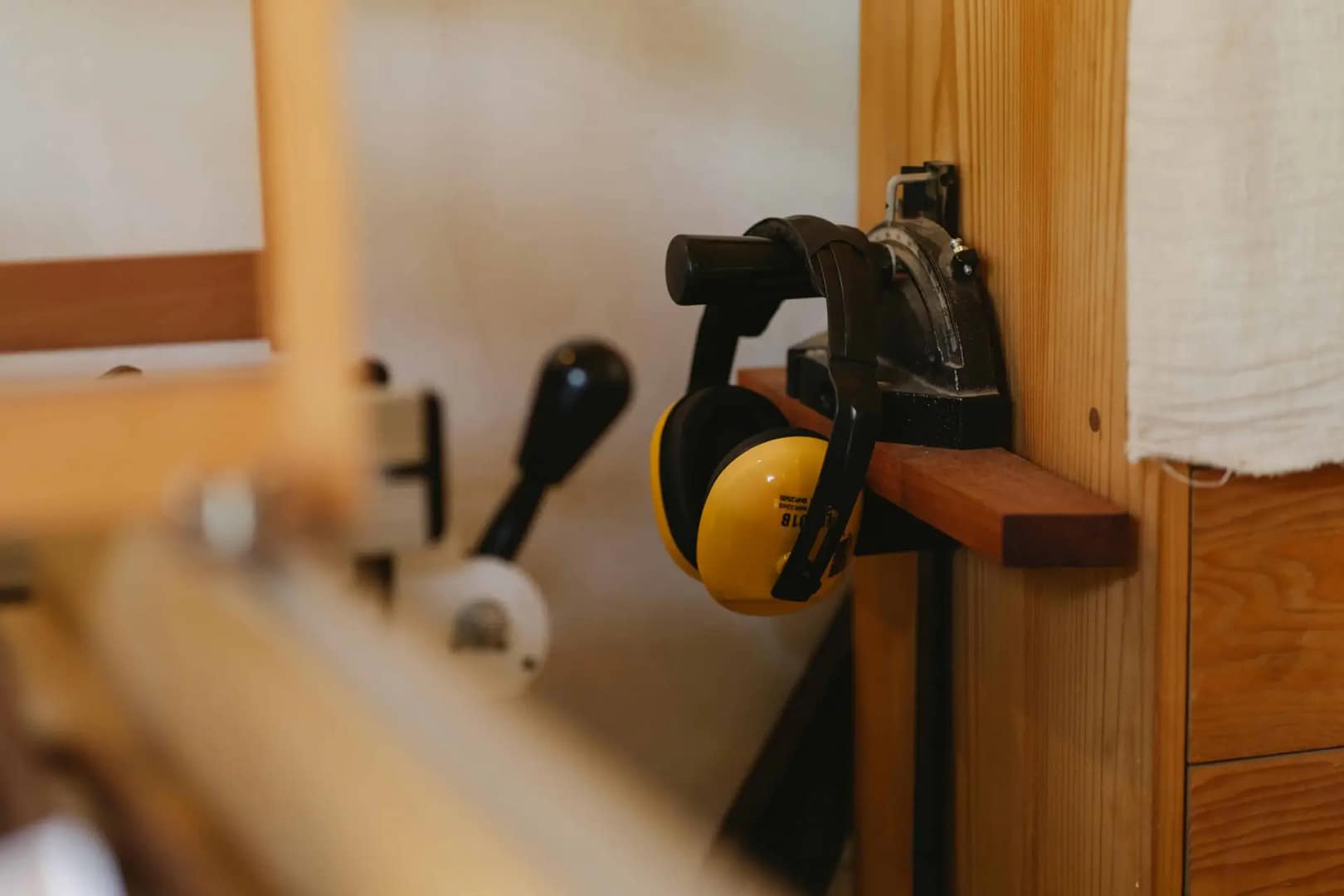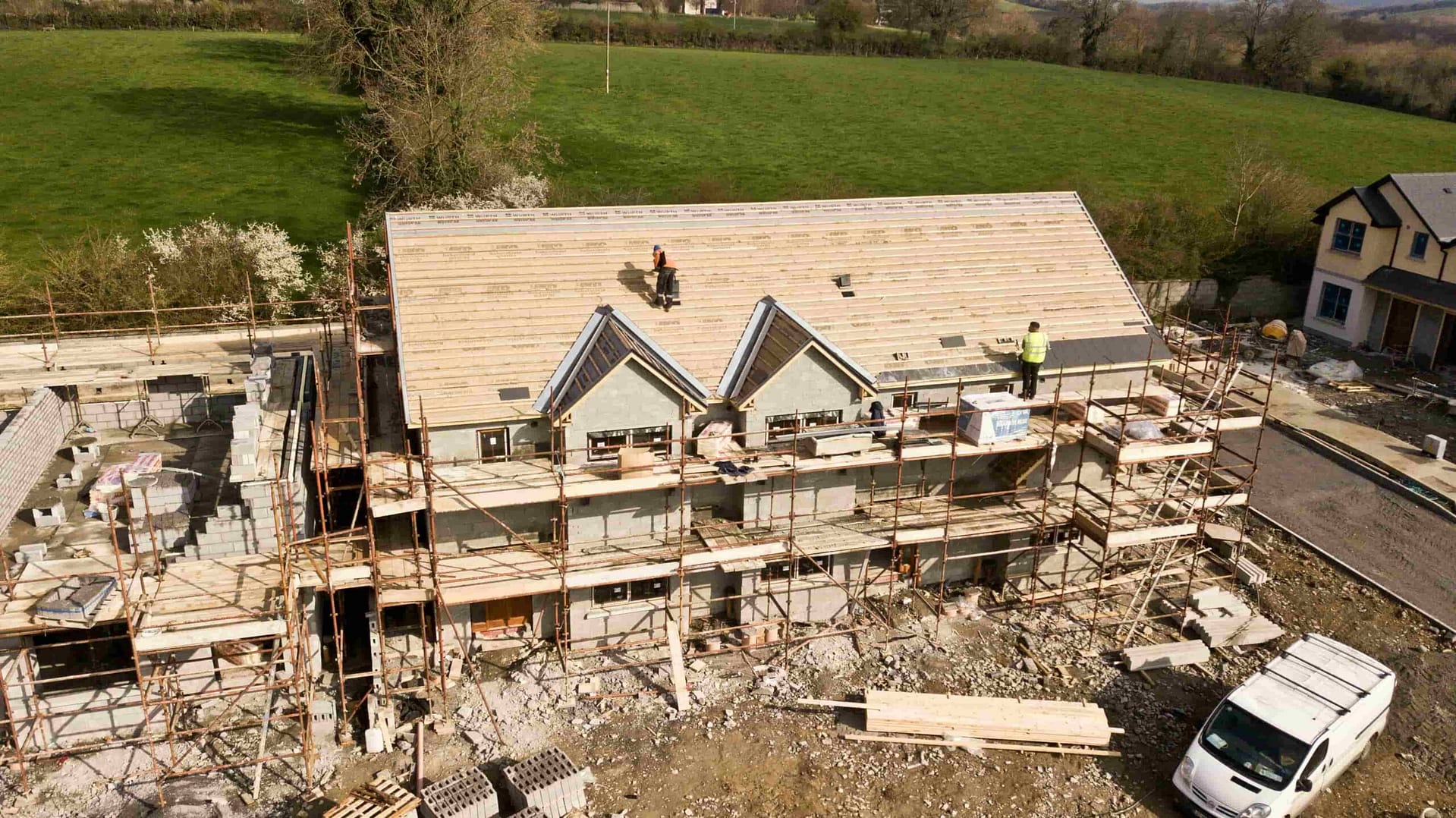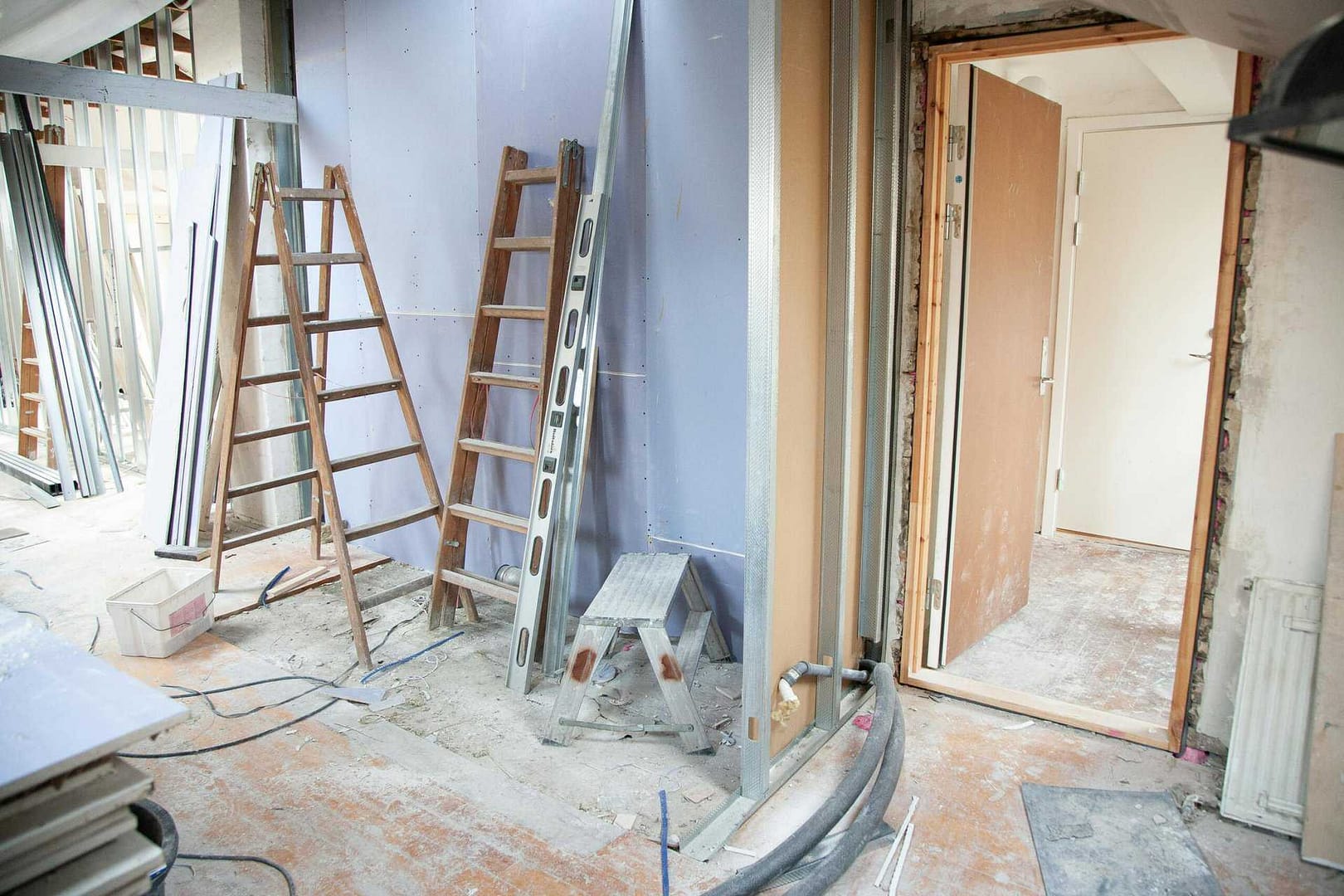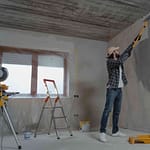Introduction:
In the bustling construction world, where progress and innovation converge with hands-on labor, safety isn’t just a priority—it’s a non-negotiable imperative. Construction sites’ towering structures and bustling activity epitomize the essence of human ingenuity and determination. Yet, amidst the din of drills and the hum of heavy machinery lies an inherent truth: the construction industry is fraught with risks. From towering heights to heavy equipment and hazardous materials, every corner of a construction site harbors potential danger. However, the true mark of progress isn’t just in the structures we build but in the commitment to safeguarding those who create them. This commitment extends beyond legal obligations to encompass a moral duty—a duty to ensure the safety of the Workplace for every worker who steps foot onto a construction site.
In the context of the construction industry, the concept of safety transcends mere compliance with regulations; it embodies a collective responsibility to prioritize the well-being of workers above all else. Every hammer swung, every scaffold climbed, and every concrete slab poured should be accompanied by a steadfast commitment to ensuring the safety of Construction sites. This commitment isn’t merely a set of guidelines to be followed but a mindset—a culture that permeates every aspect of construction operations, from the boardroom to the job site.
Against this backdrop, the importance of implementing comprehensive safety measures for workers cannot be overstated. The cornerstone of these measures lies in education—equipping workers with the knowledge and skills to identify, assess, and mitigate risks effectively. Through rigorous training programs, workers become empowered guardians of their safety, equipped to navigate the complexities of the construction environment with confidence and competence.
Central to any discussion of construction safety is the indispensable role of Personal Protective Equipment (PPE). PPE is the first defense against workplace hazards, from hard hats to high-visibility vests. Yet, its significance extends beyond mere physical protection; it symbolizes a commitment to ensuring the safety measures for Workers—a commitment that transcends the boundaries of individual responsibility to encompass the collective well-being of every construction team member.
But safety on the construction site isn’t merely a matter of individual precautions; it’s a collective endeavor that requires collaboration and coordination at every level. From hazard communication and signage to emergency preparedness and ergonomic considerations, every aspect of construction operations must be imbued with a safety-first mindset. It’s about fostering a culture where safety isn’t just a priority—it’s a way of life.
In this blog, we embark on a journey to explore the essential safety measures for construction workers, delving into the intricacies of hazard recognition, fall protection systems, equipment safety checks, and more. Through a comprehensive examination of these measures, we aim to underscore the importance of prioritizing safety on Construction sites and empower construction companies to create environments where workers can thrive without compromising their well-being. After all, the accurate measure of success in construction isn’t just in the structures we build but in the lives we safeguard along the way.
Comprehensive Training Programs:
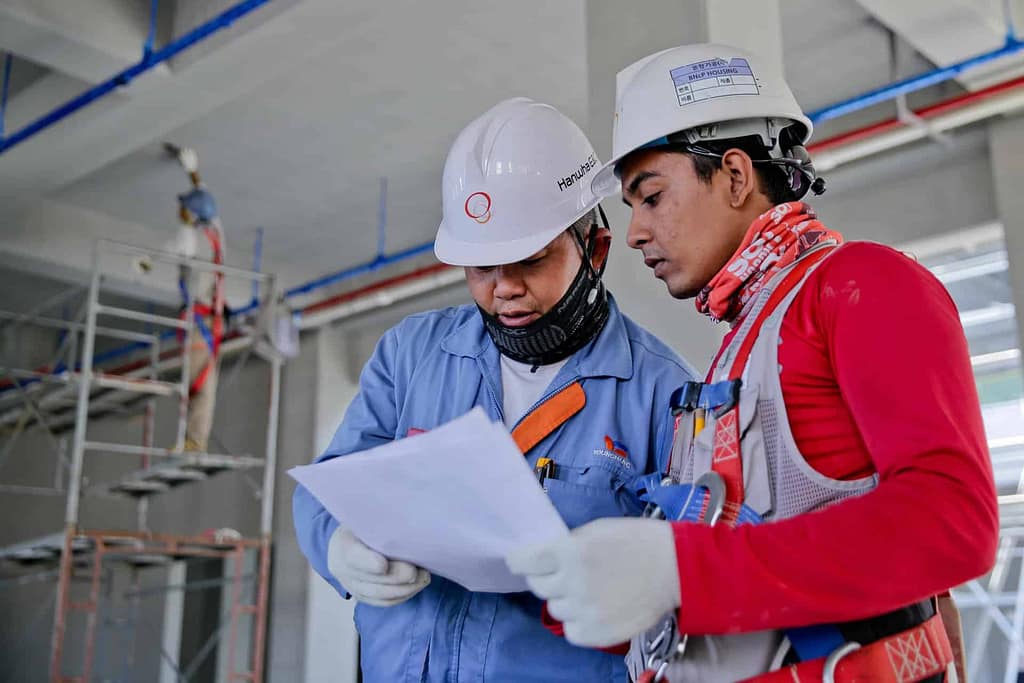
Safety education is the cornerstone of workplace safety. Comprehensive training programs go beyond mere instruction; they empower construction workers with the knowledge and skills necessary to navigate the myriad hazards of their profession safely. These programs delve into various safety aspects, from hazard recognition to emergency procedures and proper PPE usage. Through interactive sessions and hands-on training, workers learn to identify potential risks and take proactive measures to mitigate them, fostering a culture of vigilance and responsibility on construction sites.
The effectiveness of these training programs lies not only in their initial delivery but also in their continuity. Ongoing training and refresher courses ensure workers remain abreast of evolving safety protocols and best practices. As construction techniques and technologies evolve, so too must the workforce’s skills and knowledge. Regular training sessions reinforce key concepts and address any gaps in understanding, thereby bolstering the overall safety measures for Workers.
Personal Protective Equipment (PPE):

Personal Protective Equipment (PPE) is the first line of defense against workplace hazards, making it a linchpin of safety on Construction sites. From iconic hard hats to high-visibility vests and sturdy gloves, PPE encompasses a range of gear designed to safeguard workers from injury and illness. However, the effectiveness of PPE hinges not only on its availability but also on its suitability for the specific risks workers face.
Tailoring PPE to the unique challenges of each construction site is essential. Workers operating at heights may require specialized fall protection gear, while those working with hazardous materials may need respiratory masks and protective clothing. Regular inspections and replacement of PPE are imperative to ensure that it remains in optimal condition and capable of providing the necessary protection. By prioritizing the provision of appropriate PPE and enforcing strict adherence to its usage, construction companies can significantly enhance safety measures for Workers, thereby reducing the incidence of workplace injuries and illnesses.
Fall Protection Systems:

Falls represent one of the most prevalent and potentially deadly hazards in the construction industry, underscoring the critical importance of robust fall protection systems. Guardrails, safety nets, and Personal Fall Arrest Systems (PFAS) are indispensable tools for preventing falls and safeguarding workers at heights. However, adequate fall protection extends beyond merely installing safety equipment; it requires careful planning and adherence to stringent safety protocols.
Proper scaffolding design and inspection are paramount to ensuring the stability and integrity of elevated work platforms. Regular maintenance and inspection of fall protection systems are essential to identify defects or deficiencies promptly. Moreover, ongoing training in fall prevention techniques and emergency procedures equips workers with the skills and confidence to navigate elevated work environments safely. By prioritizing fall protection measures, construction companies not only protect the lives and well-being of their workers but also uphold their commitment to safety in the Workplace.
Equipment Safety Checks:
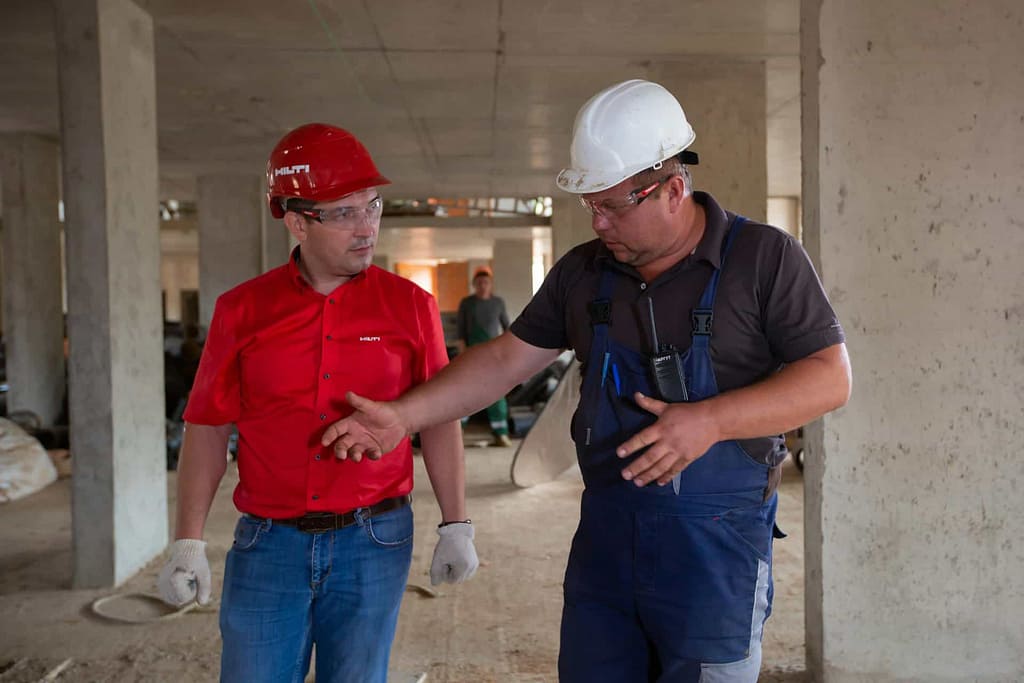
Heavy machinery and power tools are indispensable to construction operations but can pose significant risks if improperly maintained and operated. Regular equipment inspections and maintenance routines are essential to mitigate these risks and ensure safety on Construction sites. Qualified personnel should thoroughly inspect all equipment, checking for signs of wear, damage, or malfunction.
In addition to routine maintenance, operator training is crucial for ensuring construction equipment’s safe and effective use. Workers must be familiar with proper operating procedures and safety guidelines to minimize the risk of accidents and injuries. By prioritizing equipment safety checks and operator training, construction companies can mitigate the potential for workplace incidents and uphold their commitment to safety measures for Workers.
Conclusion:
In the dynamic construction world, where innovation meets hands-on labor, the commitment to work in the Workplace isn’t just a legal obligation—it’s a moral imperative that transcends regulations and standards. Construction sites’ towering structures and bustling activity epitomize human ingenuity and progress. Yet, amidst the din of drills and the hum of heavy machinery lies an inherent truth: the construction industry is fraught with risks. From precarious heights to heavy equipment and hazardous materials, every corner of a construction site harbors potential danger. However, the true mark of progress isn’t just in the structures we build but in the lives we safeguard.
Comprehensive training programs serve as the cornerstone of safety measures for Workers, equipping them with the knowledge and skills to navigate construction hazards safely. These programs instill a culture of vigilance and responsibility, empowering workers to identify and mitigate risks effectively. Personal Protective Equipment (PPE) is the frontline defense against workplace hazards, ensuring workers are adequately protected from injury and illness. Construction companies can significantly enhance safety on construction sites by providing workers with the appropriate gear and enforcing strict adherence to its usage.
Fall protection systems, equipment safety checks, and hazard communication mechanisms further bolster construction safety protocols, emphasizing the industry’s commitment to protecting workers at all costs. Moreover, emergency preparedness and ergonomic considerations underscore the holistic approach to worker well-being, ensuring that workers are prepared to respond effectively to emergencies and safeguarded against occupational injuries.
Collaboration and coordination are paramount in the quest for safety in the Workplace. It’s not just the responsibility of individual workers or companies but a collective endeavor that requires the commitment of all stakeholders—from executives and managers to frontline workers and regulatory agencies. By fostering a culture of safety that permeates every aspect of construction operations, we can create environments where workers thrive without compromising their well-being.
As we reflect on the essential safety measures for construction workers outlined in this blog, let us reaffirm our commitment to prioritizing worker safety. The accurate measure of success in construction isn’t just in the structures we build but in the lives we safeguard along the way. By investing in comprehensive safety measures, we protect the well-being of our workers and uphold the values of integrity, responsibility, and compassion that define our industry. Together, let us build a future where safety on construction sites isn’t just a goal to be achieved but a reality to be lived in every day.

